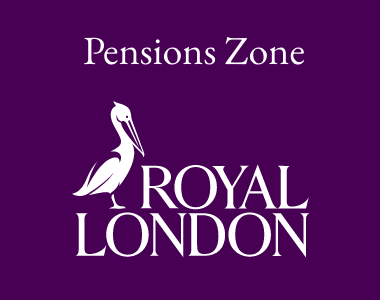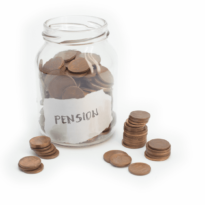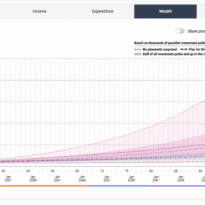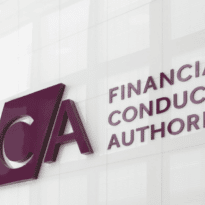Prudential technical manager Jacqueline Clezy uses a case study with three options to illustrate use of small pots and using the age 75 rule in respect of breaching the LTA.
The scenario
Brandon (age 74) has a personal pension plan worth £13,000. He has no remaining lifetime allowance (LTA). This full fund is LTA excess. His options are:
1) Before turning age 75, take a lifetime allowance excess
lump sum; or
2) Before turning age 75, take a lifetime allowance excess
to provide income from a drawdown or annuity plan; or
3) Leave funds uncrystallised to be tested against the LTA automatically at age 75.
If this pot had been valued at £10,000 or less, and providing certain conditions were met, Brandon could have taken it as a small lump sum payment, also known as a small pot. This payment type is not a benefit crystallisation event, so doesn’t require available LTA.
See our small pots article for further details.
Perhaps obviously, where applicable you’d want to do this before reaching age 75, to avoid the remaining uncrystallised funds being caught by the automatic LTA test at age 75, which would incur the LTA excess charge of 25%.
But as Brandon’s pot exceeds £10,000, it doesn’t currently qualify to be taken as a small pot. Should Brandon bite the bullet and take this as LTA excess now? Or is there any advantage to leaving it until after he turns 75? Let’s look at the sums.
Option 1
The LTA excess lump sum tax charge is 55%, meaning a charge of £7,150, leaving Brandon with a net payment of £5,850.
Option 2
Where the LTA excess is used to provide income, the tax charge is 25% = £3,250, leaving £9,750, which can be designated to drawdown or used to buy an annuity.
Assuming income is taxed at 40%, this means £3,900 for HMRC, leaving Brandon with £5,850, ie the same amount he’d get if he took the LTA excess lump sum, due to him being a 40% taxpayer.
Option 3
At age 75, the automatic LTA test would mean a 25% LTA excess charge of £3,250 is due. Once deducted, this leaves £9,750. As this is now under £10,000, it’s eligible to be taken as a small lump sum payment. But how is this taxed? Even though there is the automatic BCE at age 75, technically Brandon has not become entitled to the pension fund, so it remains uncrystallised, and in line with the usual rules, 25% is paid tax-free = £2,437.50 and the remaining 75% (£7,312.50) is taxable. Again we’ll assume Brandon pays income tax at 40%, so loses £2,925, leaving a net payment of £4,387.50. The overall payment to Brandon is £6,825 (tax-free £2,437.50 plus £4,387.50).
Conclusion
Using option 3, Brandon is better off by £975. If a member has uncrystallised pension pots valued slightly above the £10,000 small pot limit, (up to £13,333 ignoring fund growth), rather than choose an LTA excess payment before age 75, look to see how much the member would get if they waited until after the automatic LTA test at age 75. If the LTA excess charge reduces the amount of the pot to £10,000 or below, a small lump sum could maximise the member’s payment.






























